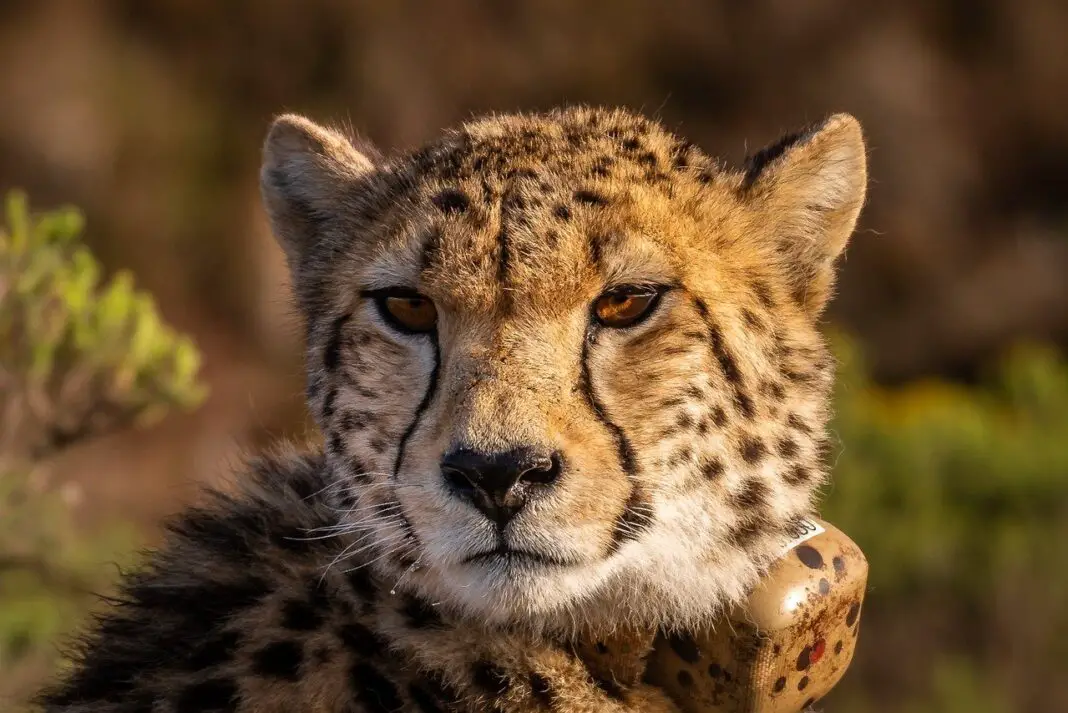India loves cheetahs, but they’ve been extinct since 1952 in the country.
Now, India has welcomed them back with open arms.
As part of the Indian government’s plan to reintroduce cheetahs to the country, eight big cats were transported to the Kuno National Park in central India from Namibia.
The cheetahs were moved to their new home, an extensive National Park, where scientists hope the cheetahs will breed and thrive again.
Narendra Modi, India’s Prime Minister, had the honor of releasing the cats into their new home on Saturday morning. The cheetahs cautiously came out of their cage into their enclosure, continuously scanning their new environment.
Even though cheetahs were once plentiful all over India, they became extinct in 1952 from excessive hunting and loss of habitat. They were the first and only predator to become extinct since the country’s independence in 1947. India is trying to preserve its threatened and neglected grasslands, and hopes that importing cheetahs will help.
There are less than 7,000 adult cheetahs left in the wild worldwide, and they now occupy less than 9% of their original range. The increasing population and climate change have contributed to the shrinking habitat, which is a threat to the cheetahs. Laurie Marker, a member of the Cheetah Conservation Fund, an advocacy and research group helping to bring the cheetahs to India, said that the country’s grasslands and forests could offer appropriate homes for the cheetahs and that the only way to save the big cats was to create permanent places for them on Earth.
The population of cheetahs in most countries is declining, with the exception of South Africa, where they have run out of space. A dozen cheetahs are expected to arrive at the Kuno National Park when they get out of quarantine in South Africa.
Mozambique, whose cheetah population has significantly declined, also received four cheetahs from South Africa earlier this month.
Some experts, like Mayukh Chatterjee of the International Union of Conservation of Nature, are more cautious. Mayukh said that there could be unintended consequences when a new animal is brought into a new environment.
For example, India’s tiger population boom resulted in human-wildlife conflicts in 2019. There are concerns about how cheetahs will affect carnivores like striped hyenas, and other animals and birds.
The eight cheetahs from Namibia will be quarantined in the National Park and monitored for a month to ensure they are not carrying any diseases and pests. Afterward, they will be released into a larger enclosure in the park to ease them into their new environment.
In about two months, the cheetahs will each get a tracking collar and get released into the National Park on their own, with their movements being tracked routinely.
According to scientists, there is enough space in the National Park to hold 21 cheetahs. Once they set up territories and breed, there are other interconnected grasslands and forests they can spread to that can hold about a dozen more cheetahs.
Only one village is close to the park, and the villagers will soon be relocated. Indian officials also said that any livestock lost due to cheetahs would be compensated. The project’s cost over five years is estimated to be $11.5 million.
Asiatic cheetahs were the cats that originally roamed India. They are genetically distant cousins of the African cheetahs, whose range goes up to Saudi Arabia. Only a few dozen Asiatic cheetahs survive in Iran, and even though India had hoped to import them into the country, that population is too vulnerable to move.











